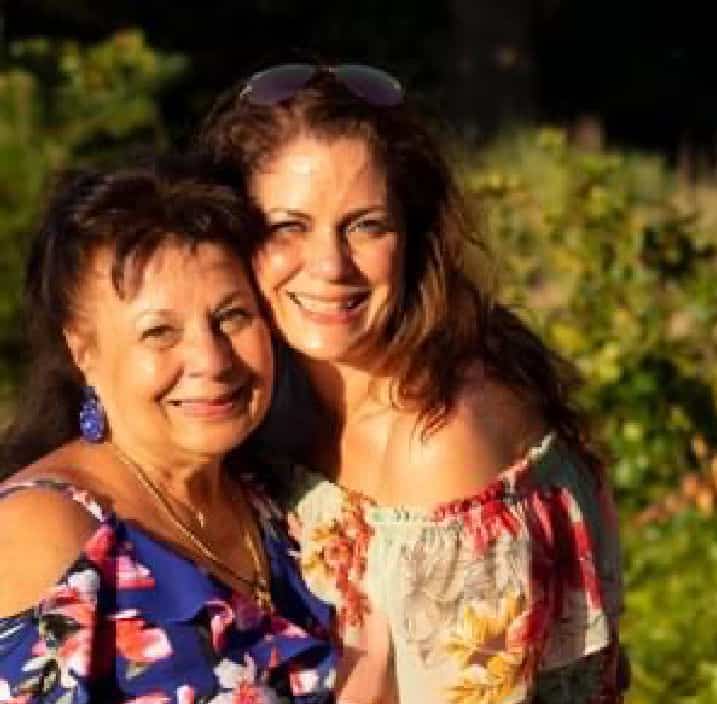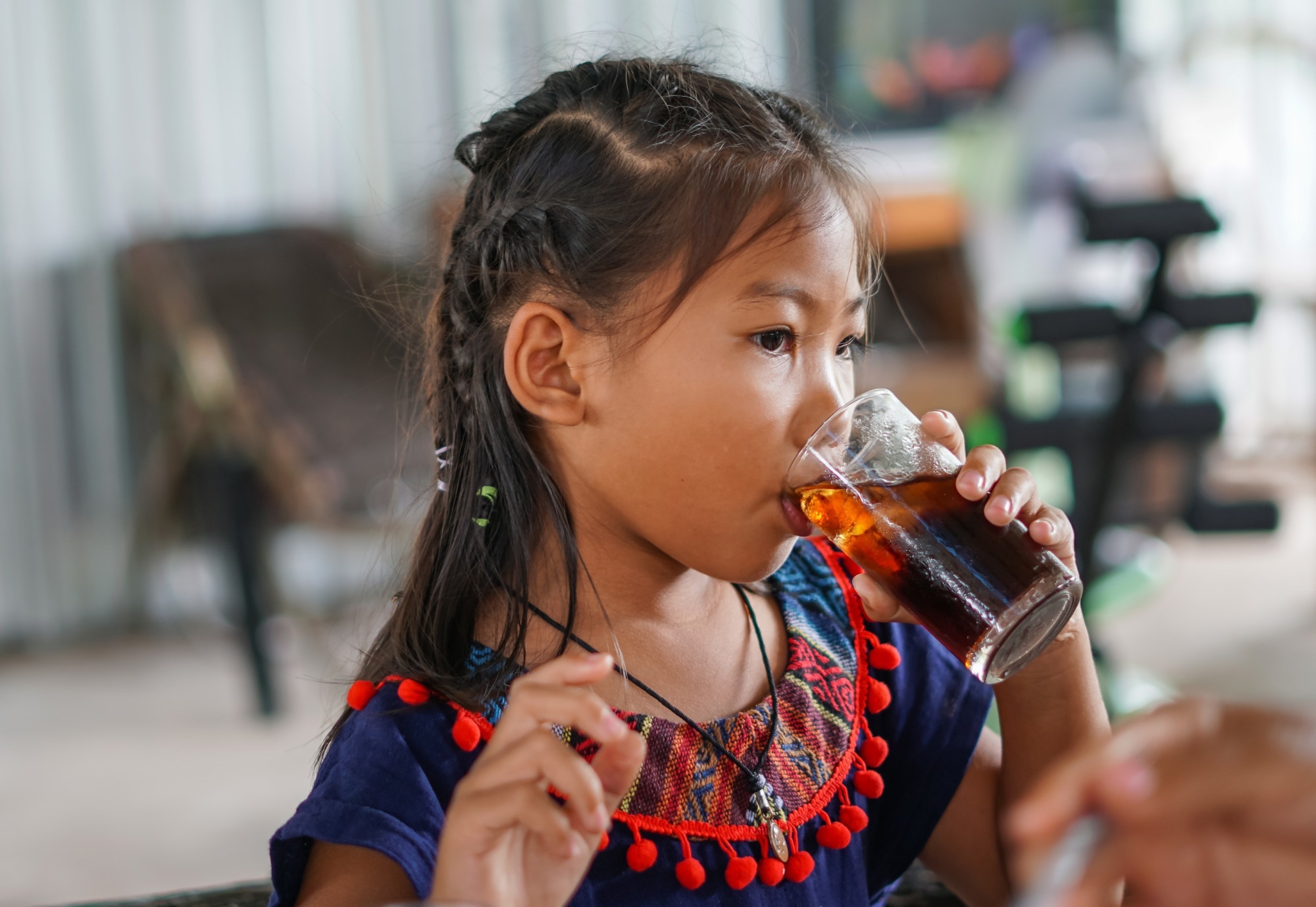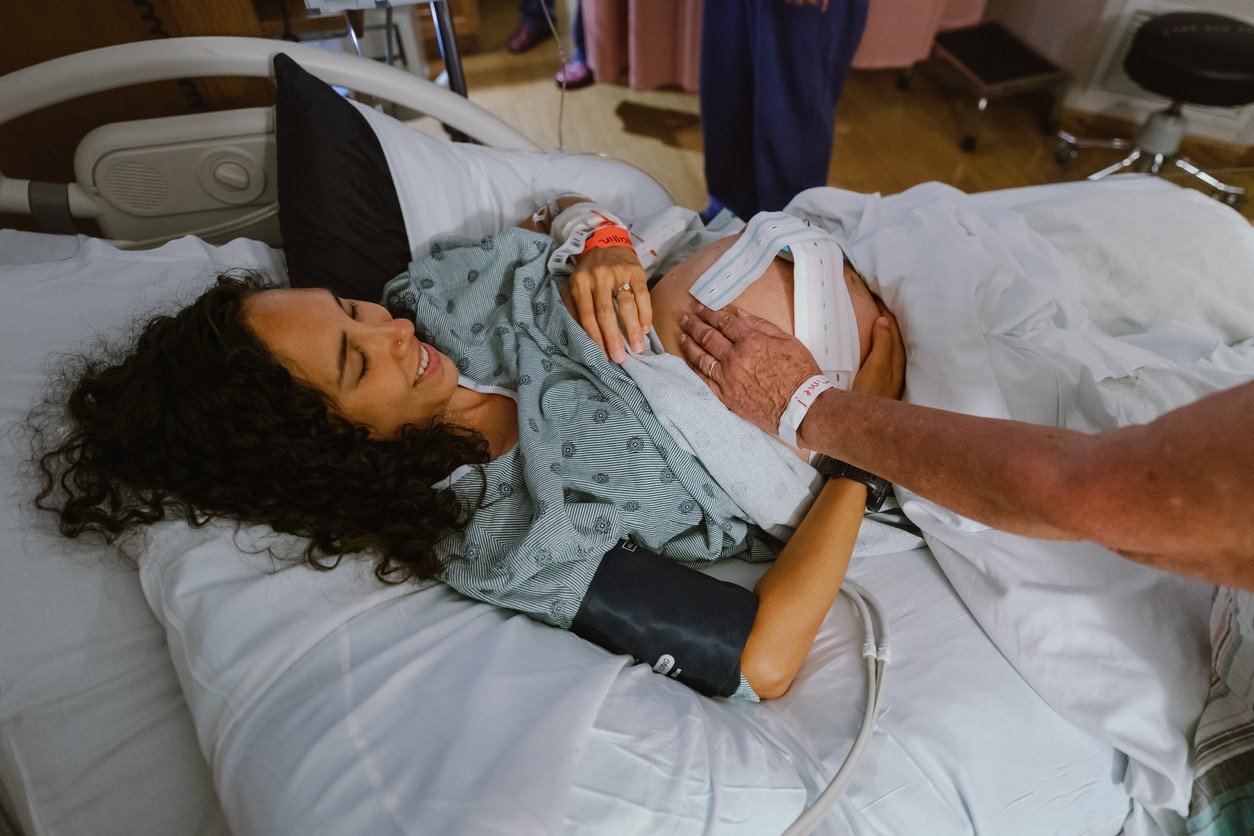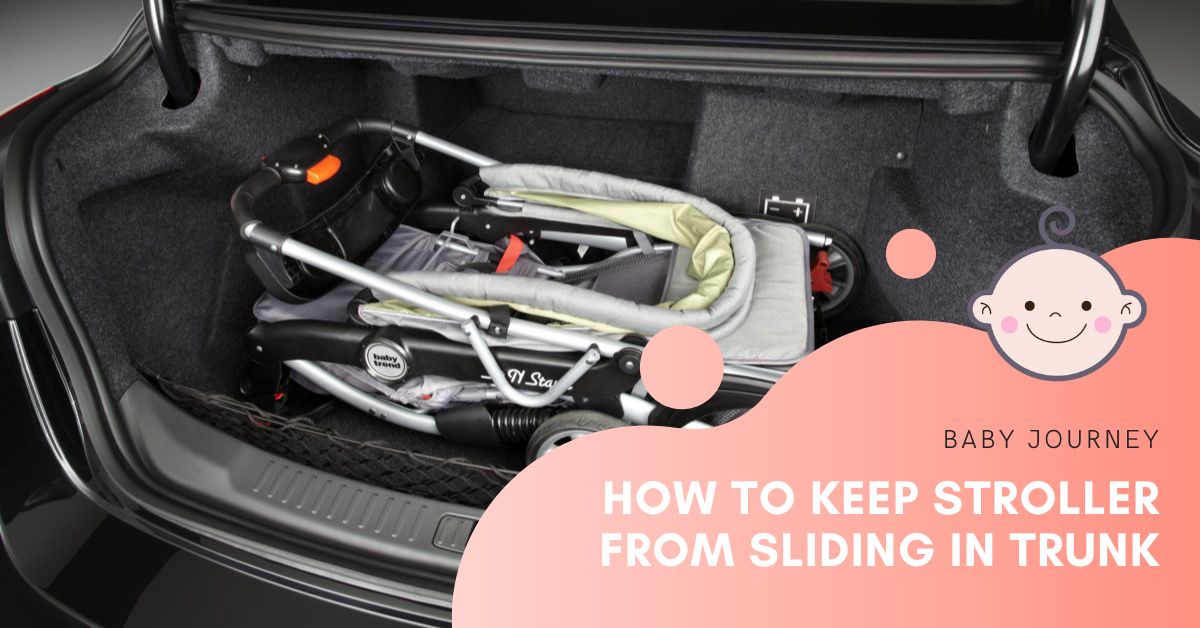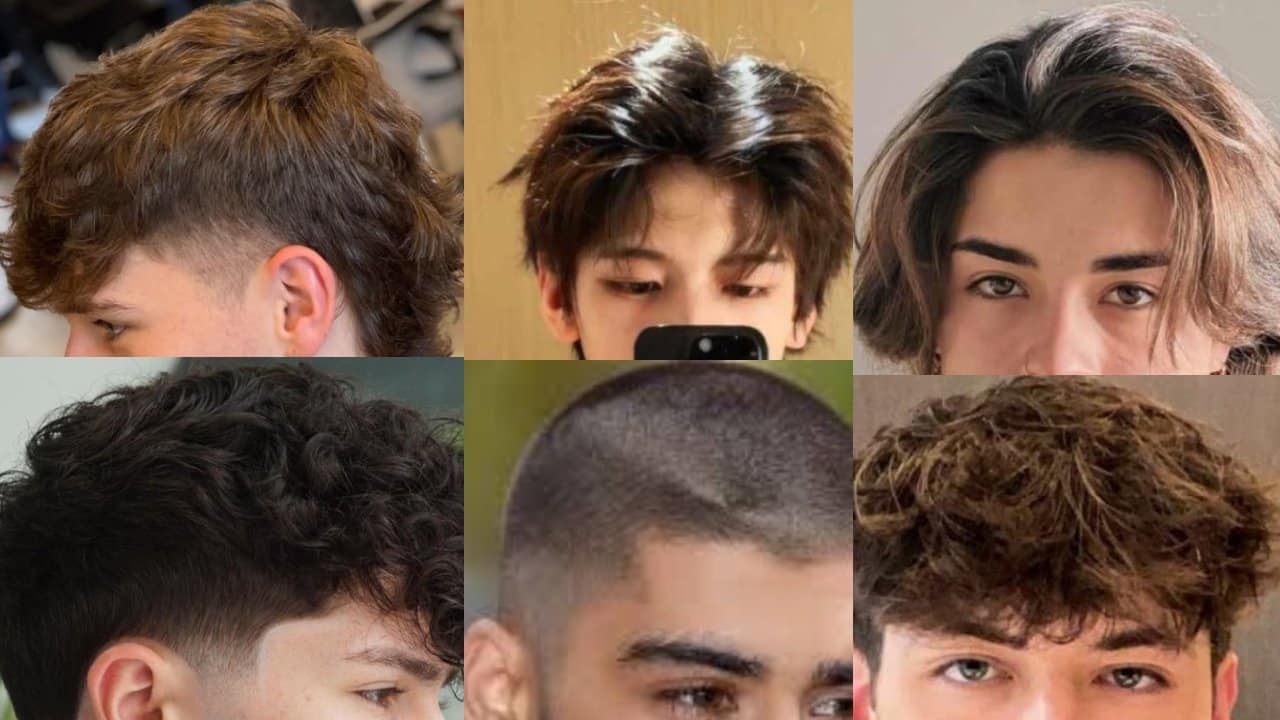I remember vividly standing in a quaint little duty-free shop while on vacation in the Bahamas when I was twenty-two years old. My eyes were instantly drawn to a delicate Lladró figurine of a young girl with long, flowing brown hair and fair skin. She looked just like me, and her cocker spaniel resembled my beloved puppy, Brandy, with its floppy, long ears. Something about that porcelain statuette spoke to me, and I knew in an instant that it would be the perfect gift for my mom, Carolyn.
I carried it home to her, tucked lovingly in my suitcase, and when she saw it, her eyes lit up, and as she held it in her hands, she said to me, “Oh, Cheri, that looks so much like you and Brandy! I will cherish this forever.”
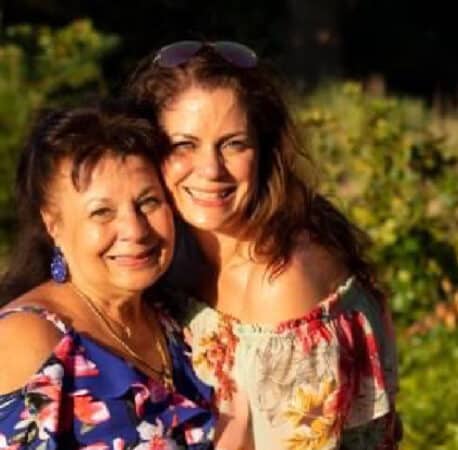
The Lladró I gifted my mother became more than just a figurine to us
Over the years, that Lladró became more than just a decorative piece on a shelf. It held a deep significance for both my mother and me, serving as a tangible reminder of the bond between a daughter and her furry companion and the love between parent and child. She kept it in her curio long after I had moved out to start my own family.
It wasn’t until three years ago, as my mom’s valiant battle with breast cancer ended, that I even considered moving it from its home. She was in hospice at home, and her impending departure hung heavy. I knew that I needed to take the Lladró with me. I hoped that having it close would bring me solace and a profound connection to her, even when she could no longer be physically present.
As her final days approached, I cradled that precious figurine carefully, feeling its smooth porcelain against my fingertips. Its delicate beauty seemed to mirror the fragility of life itself. I wrapped it in two towels from my mother’s linen closet and gingerly packed it in my bag before heading home.
One day, I was exhausted, and I accidentally dropped the Lladró
But on this particular day, I was overwhelmed with exhaustion, both physically and emotionally. And as I unpacked my tote, I accidentally dropped the Lladró. It shattered into pieces on the floor. The devastation I felt at that moment was unlike anything I had ever experienced. I cried uncontrollably — it felt like the broken figure symbolized my own shattered state of being.
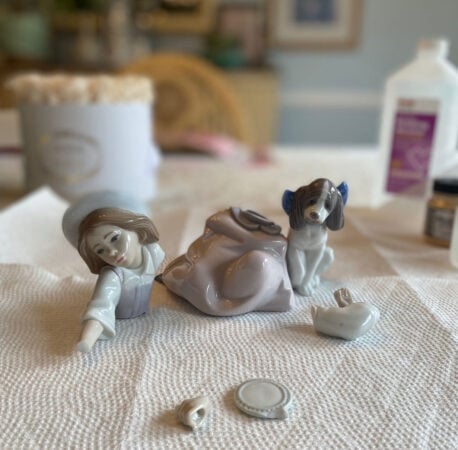
Unable to bear the sight or touch of the broken Lladró, I pleaded with my husband to clean it up and hide it somewhere I couldn’t see it. I believed that I could somehow escape the ominous sign it seemed to represent by avoiding it. My mom would be gone; my life would be shattered. Sadly, I was right. My mom died just a few days later.
As I started seeking ways to cope with my grief, I read countless books, including Steve Leder’s, The Beauty of What Remains. In it, the rabbi reminds us not to dwell on what is gone but also to remember the beauty that remains. I then found an article about kintsugi, the Japanese art of repairing broken pottery with gold.
Kintsugi teaches us that our broken places can make us stronger and more beautiful than ever before. It encourages us to embrace our scars and view them as integral parts of our stories. Rather than attempting to move on from our grief, it suggests that we learn to live alongside it, allowing it to shape us into stronger, more resilient individuals.
After my mother died, I decided to repair our Lladró
So, three and a half months after my mom’s passing, I decided I wanted to repair our Lladró using kintsugi. I watched YouTube videos to teach myself the process and purchased the needed items. I returned from the store and set up the epoxy, gold dust, and paintbrush at my dining room table.
I laid out the broken pieces in front of me on a paper towel. I carefully gathered the shards with determination and a newfound sense of purpose, treating each piece with reverence. I understood that this process was not just about restoring a cherished object but about restoring myself.
As I mixed the epoxy with powdered gold, I saw the potential for transformation. I found solace in the repetitive strokes of the brush. It became a meditative, cathartic practice. With a steady hand and a heart full of love, I carefully applied the gold adhesive to each edge and firmly held them together. I marveled at how what was once broken became whole again.
The figurine is whole again but not the same as before
I realize now that the broken pieces of the Lladró represent the shattered fragments of my old self, while the golden seams symbolize my growth. That beloved figurine is whole again but is not the same as before. The cracks and mended lines now enhance its beauty. It is different but stronger.
As I placed the restored Lladró on my dining room buffet table next to a photo of my mother, I realized it is a tangible representation of my journey through grief. It reminds me that even in the face of death, there is still love, beauty, and hope. Just like the glue I used to repair my precious memento, the bond between my mom and I is equally strong and permanent.
I will forever hold on to the lessons learned from her, my grief, and the art of kintsugi. I will embrace my brokenness, piece myself together, and find joy and gratitude in the remaining beauty.
More Great Reading:
Finding My Way Through the Grief of Losing My Mom
Cheri Golub is the Executive Producer of the award-winning dance movie franchise High Strung. She is the mother of two incredible, college-age young adults (a daughter who is a sophomore and a son who is a senior) and has been married for 23 years to the love of her life. Her passion is working in special education, which she has done for the past 30 years. She works as a Learning Disabilities Teacher — Consultant in New Jersey. She remains a girl with a dog and is the proud dog mom to her beloved Cooper, the cutest Maltipoo ever!

 PARENTING TIPS
PARENTING TIPS







 PREGNANCY
PREGNANCY








 BABY CARE
BABY CARE








 TODDLERS
TODDLERS








 TEENS
TEENS








 HEALTH CARE
HEALTH CARE







 ACTIVITIES & CRAFTS
ACTIVITIES & CRAFTS








 CONTACT
CONTACT ABOUT
ABOUT